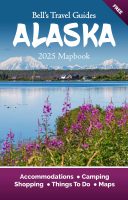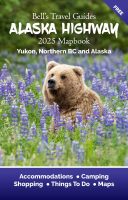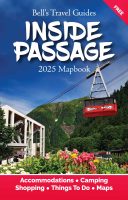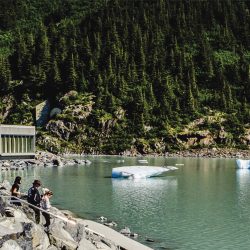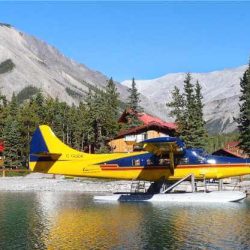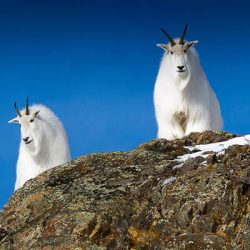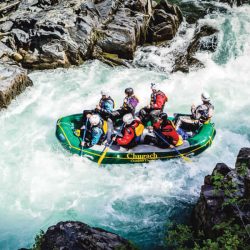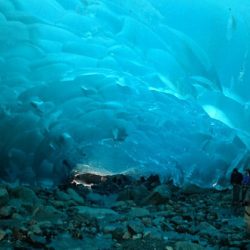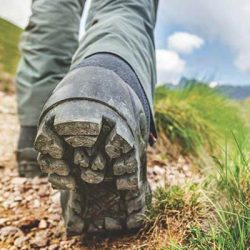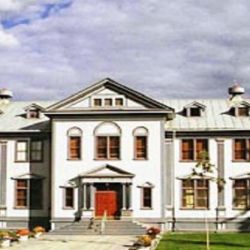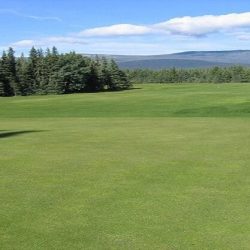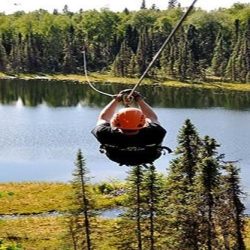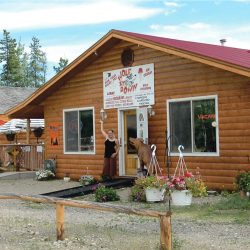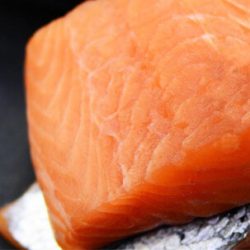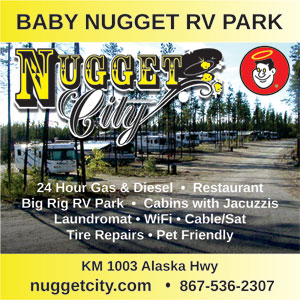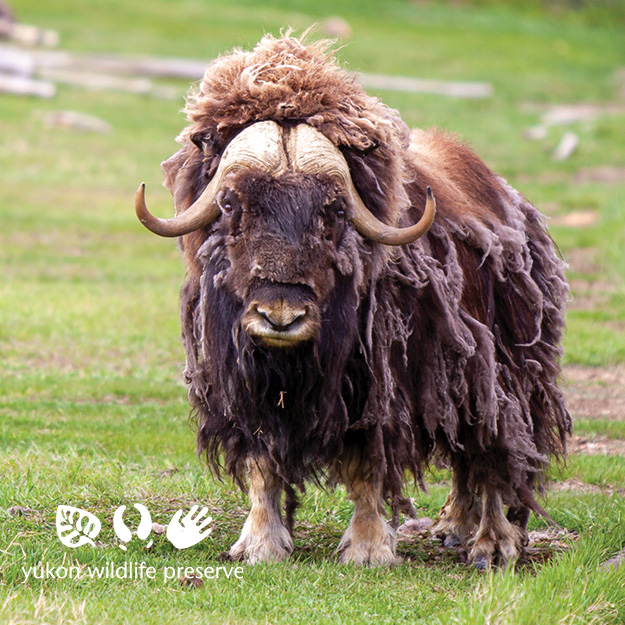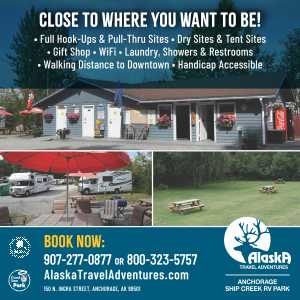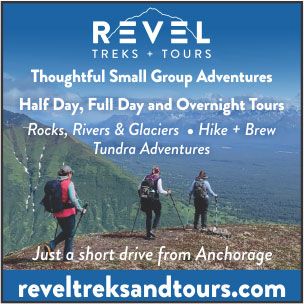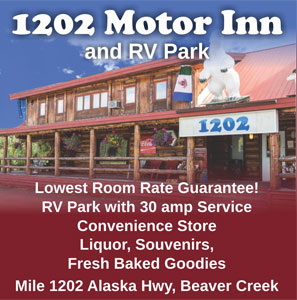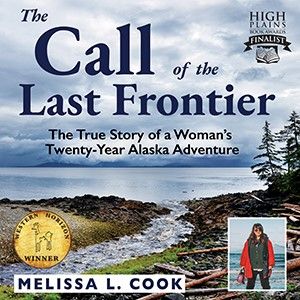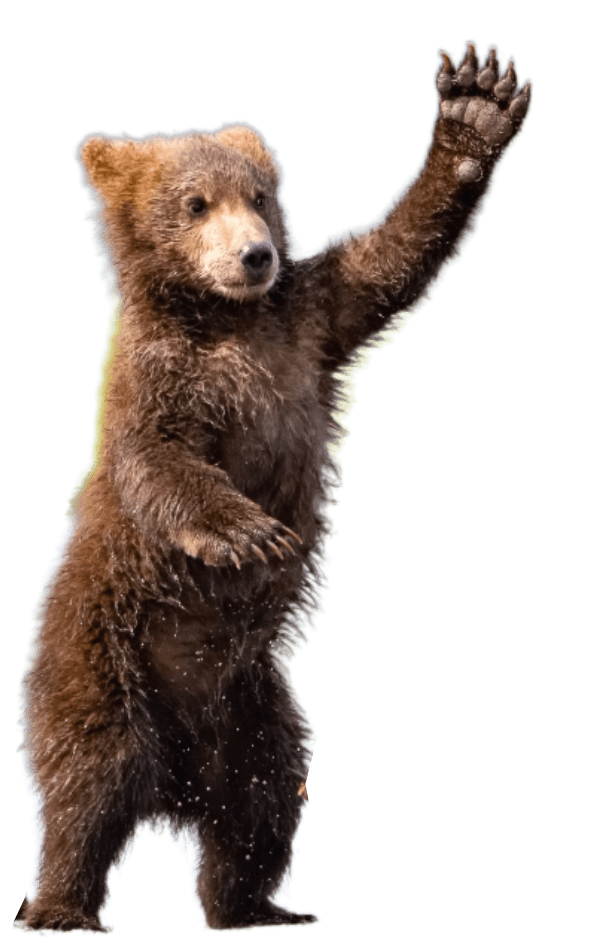Surrounded by spectacular scenery, wildlife, and a rich cultural history of Native and Russian settlements, Kenai is the heart of Alaskan adventure providing something for everyone. Originally settled as early as 1000 A.D. by Dena’ina Athabaskans, Kenai grew with the influx of Russian fur traders in 1791.
Just 11 miles from Soldotna, via the Kenai Spur Highway, Kenai is easily accessible from Anchorage via a 30-minute flight or 3-hour scenic drive. Stroll sandy beaches with a spectacular view of Cook Inlet, or experience the history of Kenai by taking a self-guided walking tour through historic “Old Town.”
The City of Kenai is on Cook Inlet, 156 miles south of Anchorage and 90 miles north of Homer. It is the largest city on the Kenai Peninsula (pop. 7,800) and is home to the peninsula’s biggest and busiest airport. Its industries include oil, natural gas, commercial fishing and tourism. It has been dubbed the “oil capital of Alaska” because of the extensive oil and gas discoveries nearby and in Cook Inlet.
Explore the City of Kenai’s 350 acres of parks and open spaces. Take a walk on the beach, spend a day fishing the world-famous Kenai River or play a round of golf at the 18-hole municipal golf course. The City of Kenai boasts magnificent views across Cook Inlet and on a clear day you will see three active volcanoes; Mt. Redoubt, Mt. Spur and Mt. Iliamna. At the ‘end of the road’ is Captain Cook State Park, the western end of the Swanson River canoe system and the city is surrounded by the Kenai National Wildlife Refuge.
Self-guided Old Town Walking Tour starts at the Visitors Center and features American and Russian landmarks. It will take you through Old Town Kenai to explore its history and culture including these highlights: The Russian Orthodox Church, a National Historic Landmark, which was built in 1894 and is still used for regular services today. This is the oldest Orthodox Church on mainland Alaska. Kenai Cabin Park consists of five historical cabins moved here and lovingly restored by members of the Kenai Historical Society. The cabins contain photos and objects of historical significance. The 75 mm Howitzer cannon from World War 1, on display near the cabins, was given to the city of Kenai by the Wildwood Military base, which has since become a Correctional facility. Moosemeat John’s Cabin is near the Visitor Center and also part of the walking tour. Named for the owner’s success in hunting moose to feed his family of 13 children. Fort Kenay was built by the U.S. Army in 1869 and housed more than 100 soldiers. In 1967 the fort was reconstructed as part of the Alaska Centennial celebrations.
Kenai Beach is a popular spot for dipnet fishing, which is only allowed for Alaska residents in July. Camping on the beach is available at the same time. Located at the end of Spruce Street.
